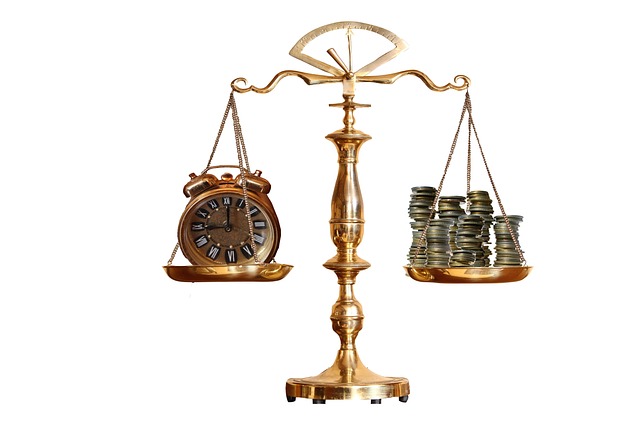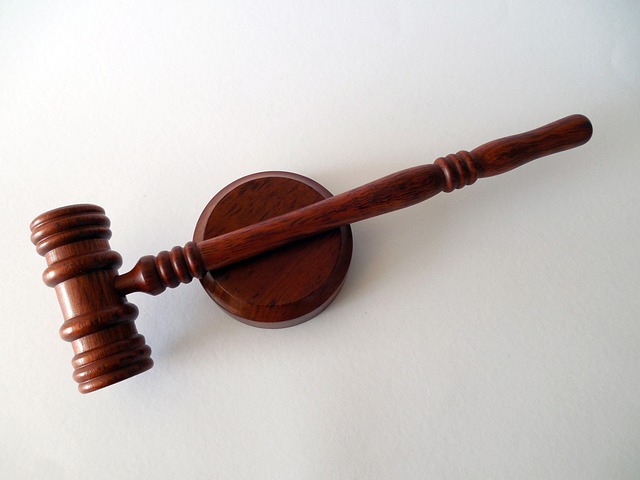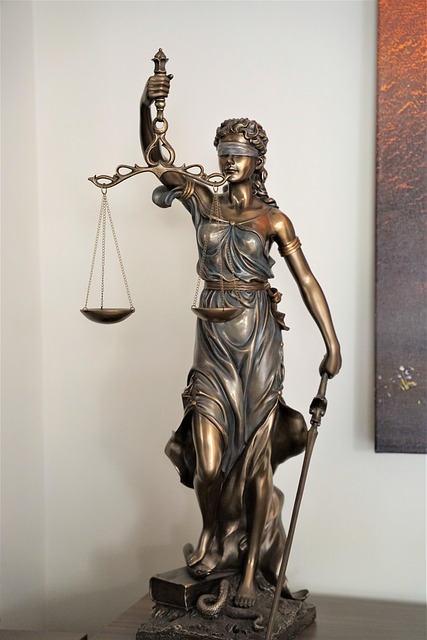Whistleblower protection lawsuits help hold organizations accountable for illegal or unethical activities, with a crucial focus on the Timeline for Post-Conviction Relief Process. This structured process gives clients a window to challenge convictions, involving filing motions, appeals, and presenting new evidence. Expert legal guidance is essential due to the complexity of these cases, aiming for complete charge dismissal and validating whistleblowers' actions and motivations.
“Whistleblower protection lawsuits are a crucial mechanism for holding organizations accountable and upholding justice. This comprehensive guide explores the intricate world of whistleblower cases, focusing on understanding the legal framework and navigating post-conviction relief processes.
From grasping the basics to mastering strategies for success, this article offers an in-depth look at the ‘Timeline for Post-Conviction Relief Process’. Whether you’re a legal professional or an informed citizen, these insights are essential for recognizing and supporting those who speak truth to power.”
- Understanding Whistleblower Protection Lawsuit Basics
- The Post-Conviction Relief Process: Timeline & Steps
- Strategies for Success in Whistleblower Cases
Understanding Whistleblower Protection Lawsuit Basics

Whistleblower protection lawsuits are legal actions initiated by individuals who expose illegal or unethical activities within an organization. These suits are vital in holding companies and individuals accountable for white-collar and economic crimes, which often have a significant impact on society. Understanding the basics of these cases is crucial when navigating the complex process involved.
The timeline for post-conviction relief plays a pivotal role in whistleblower lawsuits. After a conviction, those found guilty have the right to appeal and seek relief from their sentence. This process involves various stages, including filing an appeal, presenting evidence of wrongful conviction, and arguing for a complete dismissal of all charges. High-stakes cases, especially those involving complex white-collar crimes, often require meticulous attention to detail and strategic planning throughout this timeline.
The Post-Conviction Relief Process: Timeline & Steps

The post-conviction relief process for whistleblower lawsuits involves a carefully structured timeline designed to ensure fairness and due process. After a conviction, corporate and individual clients alike have a limited period—often years—to challenge their sentences or the underlying legal decisions through appeals. This is known as the Timeline for Post-Conviction Relief Process and varies across the country, with deadlines typically ranging from 30 days to one year post-conviction.
The steps within this process involve filing a motion in the original court, which may be followed by multiple rounds of appeals. Each stage requires meticulous attention to detail, strong legal arguments, and often new evidence that was unavailable during the initial trial. The complexity of these cases necessitates expert guidance from seasoned attorneys specializing in white-collar defense strategies.
Strategies for Success in Whistleblower Cases

When navigating whistleblower protection lawsuits, a strategic approach is paramount to success. The first step involves understanding the unique aspects of whistleblower cases, including the intricate legal landscape and the potential for public scrutiny. Building a robust case requires gathering comprehensive evidence, documenting the facts meticulously, and articulating clear legal arguments. An experienced legal team can help whistleblowers navigate the complex timeline for post-conviction relief, ensuring their rights are protected throughout the process.
Strategic planning often includes crafting compelling narratives that highlight the public interest served by the disclosure. Demonstrating a pattern of misconduct or fraud in white collar and economic crimes cases can lead to an unprecedented track record of success. Legal teams should aim for complete dismissal of all charges, ensuring that the whistleblower’s actions are vindicated and their motivations are recognized as legitimate.
Whistleblower protection lawsuits play a vital role in ensuring accountability and upholding justice. By understanding the basics, navigating the post-conviction relief process with its specific timeline and steps, and employing effective strategies, individuals who come forward to expose wrongdoing can significantly impact their cases’ outcomes. Remember that each step, from initial reporting to seeking post-conviction relief, is crucial in fostering a culture of transparency and responsibility.






